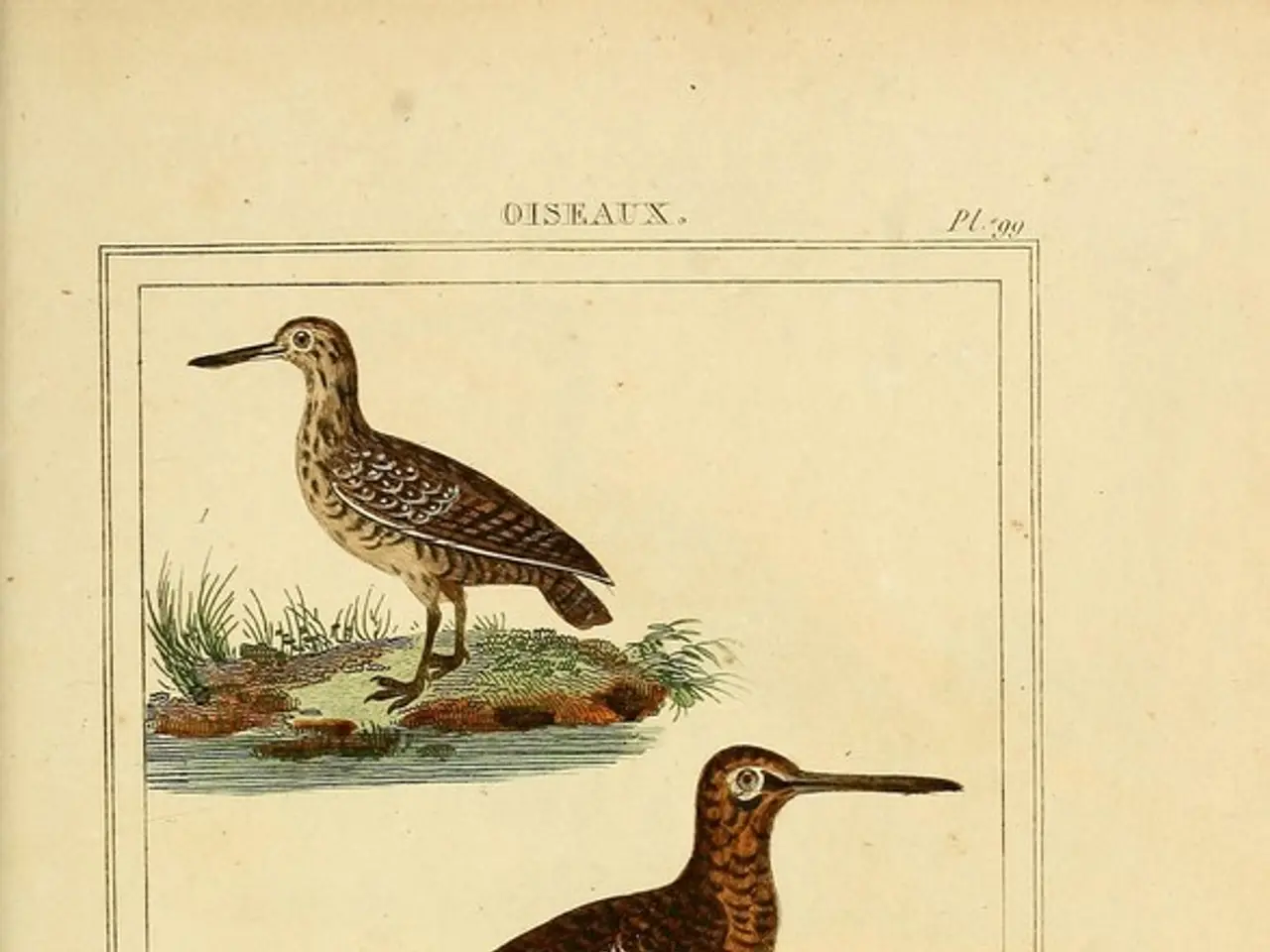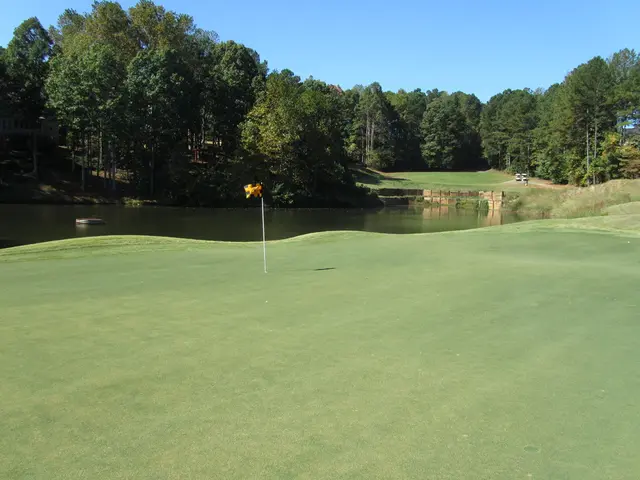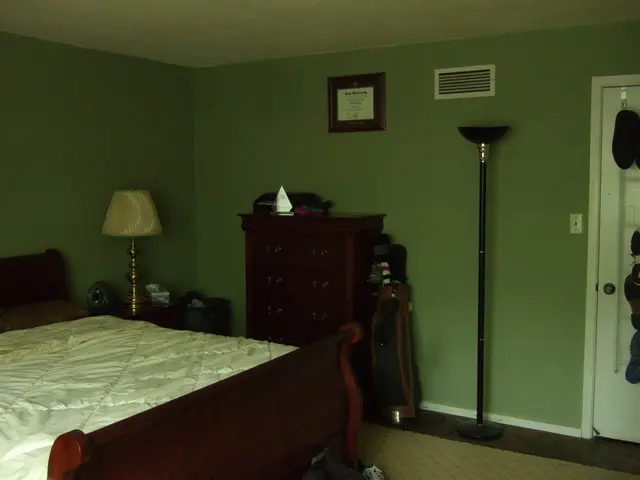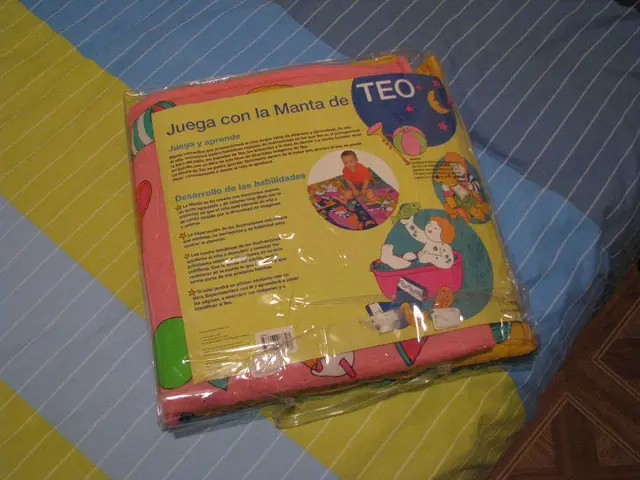Planting Strategies for Hummingbird Attraction: Exploring 5 Blends for Garden Borders and Potted Plants
Attract Hummingbirds to Your Garden: A Guide for USDA Hardiness Zones 5-8
Are you looking to create a hummingbird-friendly garden in your backyard? Here's a list of plants that will thrive in USDA Hardiness Zones 5-8 and attract these vibrant and fascinating creatures.
Flame Azalea (Rhododendron calendulaceum)
This deciduous shrub, growing 4-15 feet tall, boasts bright orange to scarlet flowers in spring. It prefers moist, well-drained soil and partial shade, tolerating full sun for some hours. Flame Azalea is an excellent choice for zones 5-7.
Honeysuckles (Lonicera spp.)
These shrubs are low maintenance and support pollinators, including hummingbirds. They thrive in zones 5-9, preferring partial shade but tolerating full sun.
Salvia
With upright flower spikes in purple, pink, or white, this perennial is a hummingbird favourite. It grows well in full sun and well-drained soil in zones 5-8, spreading gently and providing long bloom periods. Deadheading promotes continuous blooms.
Coreopsis
This bright, daisy-like flowering perennial thrives in sun to part shade within zones 5-8. It tolerates drought and poor soils, making it low maintenance while attracting pollinators, including hummingbirds.
Catmint (Nepeta)
Forming silvery-green foliage mounds with lavender-blue flowers, this plant attracts hummingbirds. It grows well in full sun and well-drained soils and is deer- and rabbit-resistant in zones 5-8.
These plants collectively offer a variety of bloom colors and shapes that appeal to hummingbirds, providing nectar sources across seasons suited to your hardiness zones.
However, it's important to note that the Flamenco Rumba Cuphea, attractive to hummingbirds but hardy in zones 8-10, is not suitable for zones 5-8.
For a diverse, hummingbird-friendly garden in zones 5-8, combining shrubs like Flame Azalea and Honeysuckle with perennials like Salvia, Coreopsis, and Catmint creates an effective and attractive landscape.
In zones 9-11, Aloe species, Fuchsia spp., Petunias, Pentas, Scarlet Salvia, Spider Flower, Flowering Tobacco, Agastache (Agastache spp.), Tropaeolum majus (nasturtiums), and Pelargonium spp. (geraniums) are also excellent choices.
Remember, a garden bed with spring bloomers such as Flowering Quince, Bleeding Heart, Garden Phlox, Azalea, and Lungwort offers a staggered flowering schedule to last throughout the season for hummingbirds.
As urban development expands, suburban gardens are playing a greater role in providing food and shelter for hummingbirds. Drought-tolerant plants such as those listed in the "Waterwise and Nectar-Filled" section are beloved by hummingbirds in warm, arid environments.
Don't forget that hummingbirds are important pollinator species. They burn between 6,000-12,000 calories each day and must refuel every quarter hour. By creating a hummingbird-friendly garden, you're not only providing a beautiful landscape but also contributing to the health of your local ecosystem.
Happy gardening!
Incorporating drought-tolerant plants like Salvia, Coreopsis, and Catmint into your home-and-garden can help attract hummingbirds, given they grow well in USDA Hardiness Zones 5-8. Also, considering the lifestyle of hummingbirds, as they require frequent nectar refills, these plants offer a reliable food source.




